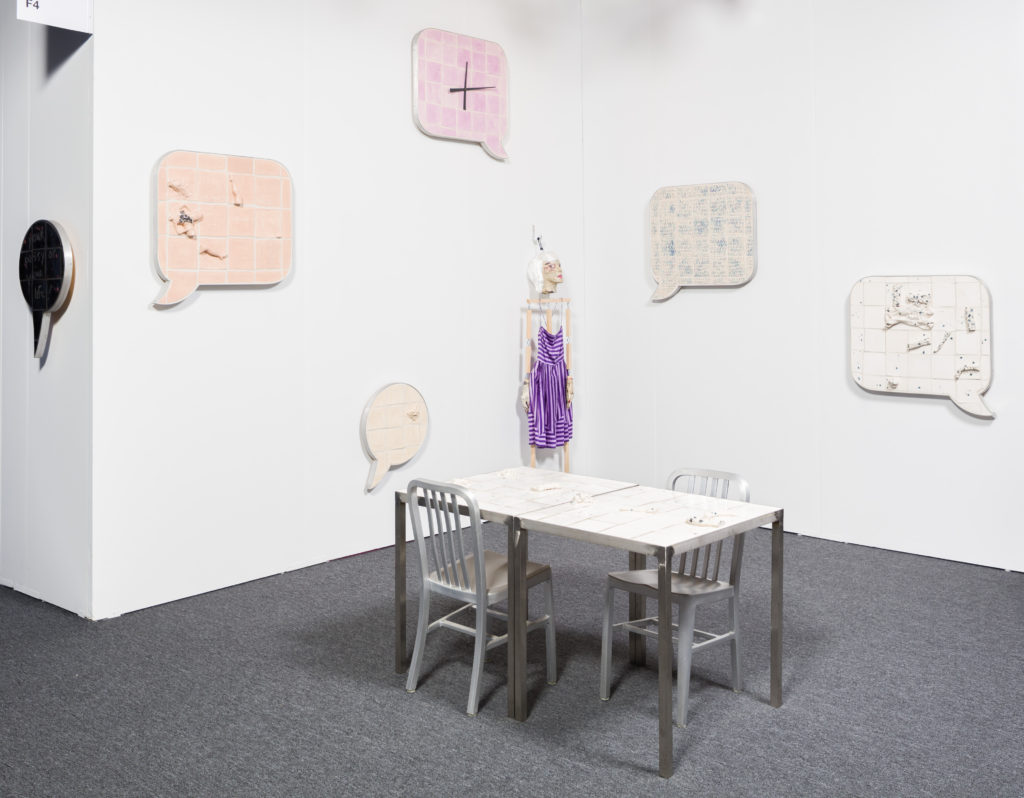In the midst of global immiseration, Los Angeles hosted the 10th Olympic Games in 1932, being the only city willing to do so in such economic frailty during the Great Depression. Following a population increase of nearly one million residents from the 19th to the 20th century, the organizing committee in the Californian city sought to use the games as an opportunity for financial gain through tourist attraction, instantiating the first use of the Olympic Village to house athletes. Constituted by a series of 20-by-20 foot cottages spread out over 300-acres in the Baldwin Hills neighborhood, the constructed community exemplified an early use of liberal multiculturalism as a means of accruing capital. The cottages and furnishings were dismantled and sold following the closing ceremony – medal winners operated as salesmen, including an athlete who was housed in one structure accessible to the public so that buyers could inspect the units prior to purchasing. Situated in a fraught, speculative attention-economy, the contemporary art fair might operate similarly as this first Olympic Village. As an event, both claim that the recombinant material of a city par excellence are the objects symbolic of and associated with some spectacular name, displayed until the closing reception and then subsumed into whatever collection.

The eventually dismantled Olympian housing unit is an effective metonym for the art work within the booth, wherein boosterism [or self promotion] incorporates international observers, collectors and nervous gallerists underneath Los Angeles’s hand-waving to activate claims to status as an indelible hub for art and culture. Despite this boosterism’s proclivity for assembling a tense, puzzling crowd, Art Los Angeles Contemporary (ALAC) continued its eighth year at the Barker Hangar in Santa Monica and ran from January 26 to 29. This year saw the successful second iteration of Freeways, a section of the fair dedicated to more nascent galleries less than four years old. While the presence of Los Angeles galleries were apparent amongst the main exhibitors, solid booths from Cologne, Hong Kong and São Paulo showed significant footing. Additionally, the ALAC Theatre hosted the performance and lecture series ANYTHING YOU SOW, focusing on “the notion of Los Angeles as a city whose newness is contingent upon a constant retelling of the past.”
Clages, based in Cologne, exhibited a solo booth by Claus Richter. Richter’s work is multi-planar, a wooden sculptural element interfacing with a print on fabric. The booth shows three editions of a cartoon-like, nefarious figure, slouching with top-hat and red eyes standing before a guarded portal, like if a child’s pop-up book ended with sinister unresolve. Chadwick Rantanen exhibited works at Oslo-based gallery Standard’s booth, including a series of small, motion-activated bird sculptures (cardinals, bluebirds, robins, finches) that audibly chirped. Kayne Griffin Corcoran displayed small watercolor paintings by David Lynch hung salon-style. Mostly created throughout the late 2000s, Lynch’s paintings conjure blurred subjects situated in abjection, invoking forms that are in clear association to his work in film but sublimated differently.

In the Freeways section of the fair, Los Angeles-based gallery Jenny’s exhibited a series of glazed ceramic sculptures by Liz Craft. ‘Mi Vida Loca’ by Craft is inscribed with the phrase “us girls gotta learn computers” is framed around a doll’s severed body. This work feels appropriate, situated in a political moment where Silicon Valley advocates for marginalized people — so long as they surrender their labor to them — in tandem with protest signs seen at recent demonstrations and marches that read “TEACH A WOMAN TO CODE.” Park View, also based in Los Angeles, showed oil paintings by Autumn Ramsey and photographs by Buck Ellison. ‘Upper School Greenhouse, Marin Country Day School, Tiburon, California’ by Ellison is a photo of vegetable leaves with the white stems in the center of the work. The title makes reference to a private kindergarten-through-eighth grade school in Marin County, California, one of the wealthiest areas in America. Queer Thoughts, the only New York gallery in Freeways, exhibited a solo booth by Puppies Puppies, who also contributed a series of performances throughout the fair. The booth showed Puppies Puppies’ oft-used Voldemort character sleeping on a mattress amongst a detritus of twigs and small branches, in similar conversation to his 2014 performance piece ‘Voldemort On Lunesta.’

In the editor’s note to the third issue of the Art Los Angeles Reader, an examination of interior spaces in the city, Tracy Jeanne Rosenthal asks, “what better place to study the freaky parallax of interior space than Los Angeles, a city best known for playing itself in the movies?” In the case of the contemporary art fair and Los Angeles as a cultural production center, this parallax might operate as an inability to collapse disparate perspectives on art’s potential irretrievability as genuinely discursive or fully resigning to its operation as luxury market. Although these transactions, works, performances and panels may exist under the building of a temporary village only to be torn down, ALAC continues to maintain programming that feels less like a marked event and more of a productive rupture in business as usual.**













